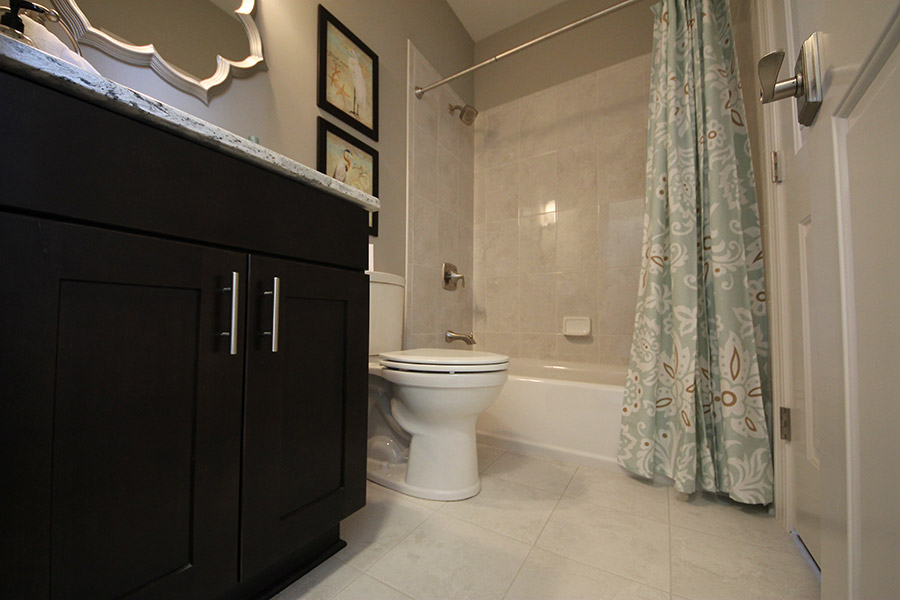Frequently Asked Questionsxxx
Our Experts Share Their Tile Knowledge
Tile FAQs
Learn More About Tile
When it comes to purchasing tile, many questions arise. To help with your tile selection process we’ve provided answers to some of the most common tile questions our design advisors get asked in our showrooms.
At Best Tile we understand that selecting tile can be overwhelming and stressful, especially when we have so many tile options to choose from. Our staff of design consultants have a passion for tile and are here to help make the entire selection process easier and less stressful. We know what questions to ask that will lead to what you’re looking for. Whether it’s do you have a color in mind, what area are you tiling, do you want a natural stone or a porcelain, or what size is the room; we will work with you to help you choose the perfect tile for your project.
The difference is in the composition and durability of the tile. Although ceramic and porcelain tile are both made from clay and other minerals, the clay used to make porcelain tile is more refined and fired at much higher temperatures than ceramic tile. As a result, porcelain tile is extremely dense and less porous so it’s more resistant to moisture, stains, and water absorption. Although ceramic tiles are less expensive and highly recommended for interior floors and walls, porcelain tiles are more desirable due to its durability and resistance to chipping and scratching, especially for areas that endure heavy traffic.
To know where a tile can be installed, each tile is assigned a wear rating. If a tile has a ‘1’ wear rating, it can be used on walls only. A ‘2’ rating is for walls or light residential installations, like a powder room. Ratings ‘3’ through ‘5’ are floor tiles, which can also be installed on walls. For more details on tile wear ratings, click here.
